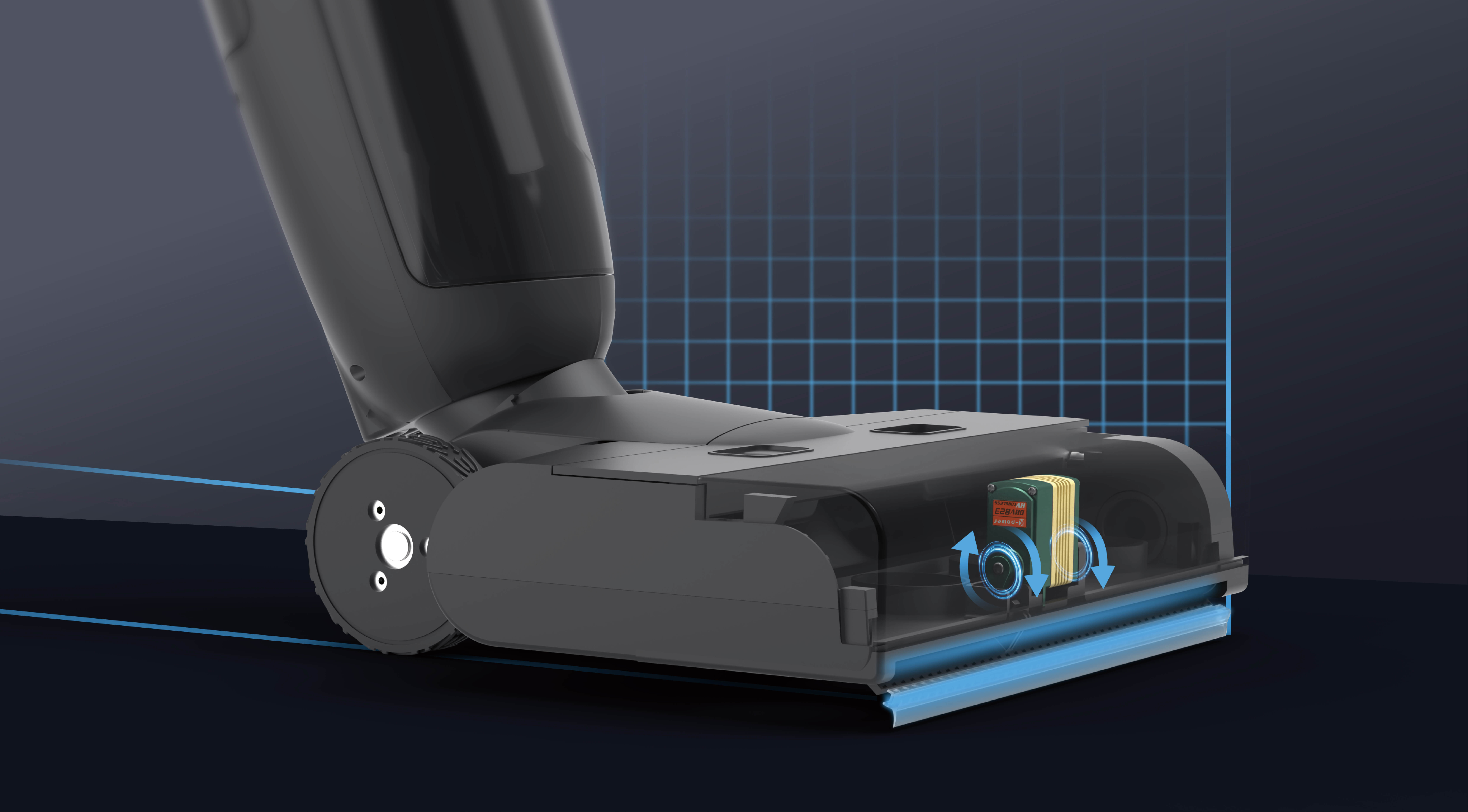The Art of Bringing Lego to Life: An Introduction to Power Functions Servo Motor Programming
Lego has long been heralded as the ultimate playground for creativity, fostering endless possibilities for builders of all ages. From simple structures to complex machinery, Lego sets ignite imagination and innovation. But what if your Lego models could do more than just stand still? What if they could move, react, and interact? This is where Lego Power Functions and servo motor programming come into play, transforming static models into dynamic, lively creations.

The Lego Power Functions system is a versatile platform designed to add motorized movement to your builds. At the heart of this system is the servo motor — a device capable of precise control over rotation and position, opening up a world of possibilities for automation and robotics enthusiasts. Unlike standard motors, servo motors are engineered to hold a specific position, which makes them ideal for applications requiring controlled and repeatable movement, such as steering mechanisms, robotic arms, or animated models.
Understanding the Basics of Lego Power Functions Servo Motor
Lego’s servo motor for Power Functions is typically known as the "Lego Power Functions Servo Motor" (part number 88003). This tiny yet powerful component can rotate to a specific angle and maintain that position, making it a favorite among hobbyists who want to add precision to their creations.
Programming these servo motors involves controlling the rotation angle and speed by sending signals through compatible controllers, such as the Lego Power Functions Remote Control or even more advanced options like the Lego EV3 Intelligent Brick. While the remote control can handle simple commands, more sophisticated projects often use programmable platforms like Arduino or LEGO Mindstorms, offering greater customization and complexity.
Why Use a Servo Motor in Your Lego Models?
Utilizing a servo motor amplifies the scope of what can be achieved with Lego models. For example:
Steering and Direction Control: Imagine a Lego race car that can navigate turns on demand, or a robotic vehicle that adapts to its environment. Animated Figures: Create realistic facial expressions or moving limbs, adding personality and life to Lego characters. Automated Mechanisms: Build drawbridges, elevators, or conveyor belts that are controlled with precision. Educational Projects: Use servo motors for STEM education, demonstrating principles of robotics, control systems, and programming.
Getting Started with Programming Lego Power Functions Servo Motors
Before diving into coding, gather your tools:
A compatible control device like the Lego Power Functions remote or a programmable controller (e.g., Arduino, EV3). The servo motor itself. Optional sensors for reactive projects (e.g., distance sensors, touch sensors).
The simplest method for programming the servo is through the Lego remote, which allows for direct control via button presses. However, for more refined control, you will want to explore programming environments that can send commands to the motor.
One popular approach is to use the Lego Power Functions IR Receiver combined with an Arduino or similar microcontroller. This approach enables you to:
Write custom code to set specific angles. Automate movements based on sensor input. Sync multiple motors for complex actions.
Basic Programming Principles for Servo Control
When programming servo motors, keep in mind these fundamental principles:
Position Control: The main goal is to tell the servo what angle to rotate to, usually expressed in degrees (e.g., 0°, 90°, 180°). Speed Control: Some implementations allow you to set the speed at which the servo moves to its target position. Feedback and Accuracy: The servo maintains its position through feedback mechanisms, ensuring precision.
Most programming environments provide functions or commands such as setServoPosition(angle) or write(angle) to control the motor’s position. Importantly, calibration is necessary to ensure your servo arm reaches exactly the intended position.
Experimenting with Basic Code Snippets
For example, if using an Arduino with a servo library, your code might look like this:
#include Servo myServo; void setup() { myServo.attach(9); // Attach servo to pin 9 } void loop() { myServo.write(0); // Rotate to 0 degrees delay(1000); // Wait for a second myServo.write(90); // Rotate to 90 degrees delay(1000); myServo.write(180); // Rotate to 180 degrees delay(1000); }
This script sequentially moves the servo to three positions, demonstrating how simple programming can animate your Lego models.
Part 2 will continue exploring advanced programming techniques, creative project ideas, troubleshooting tips, and inspirational examples to help you unlock the full potential of Lego Power Functions servo motors. Stay tuned!
Established in 2005, Kpower has been dedicated to a professional compact motion unit manufacturer, headquartered in Dongguan, Guangdong Province, China.




































